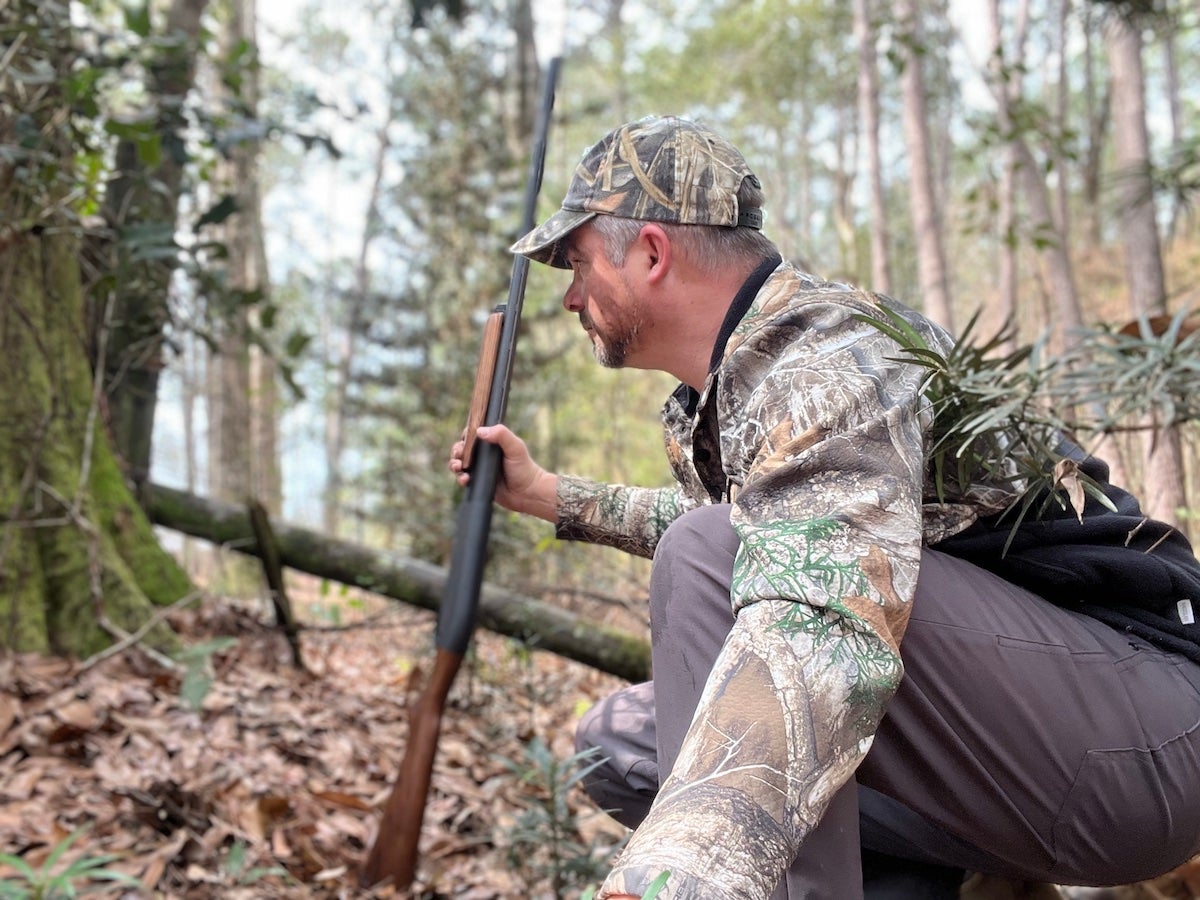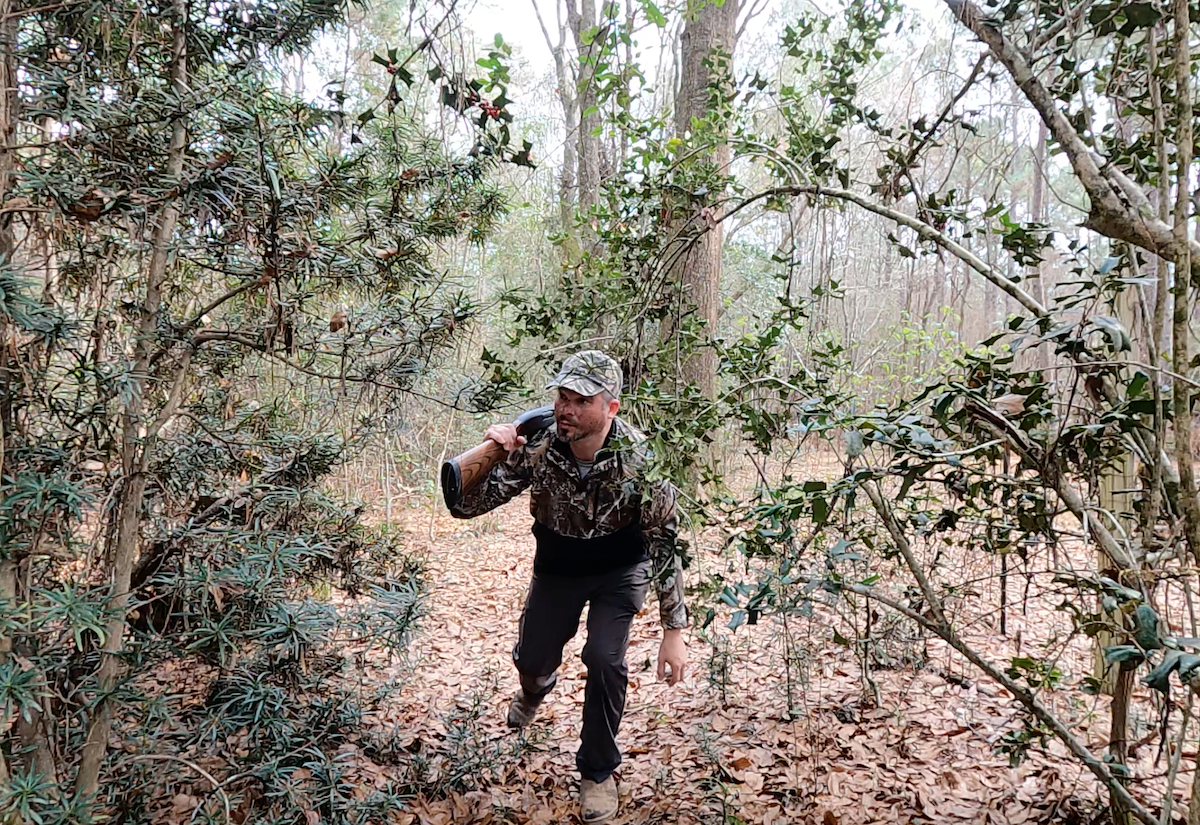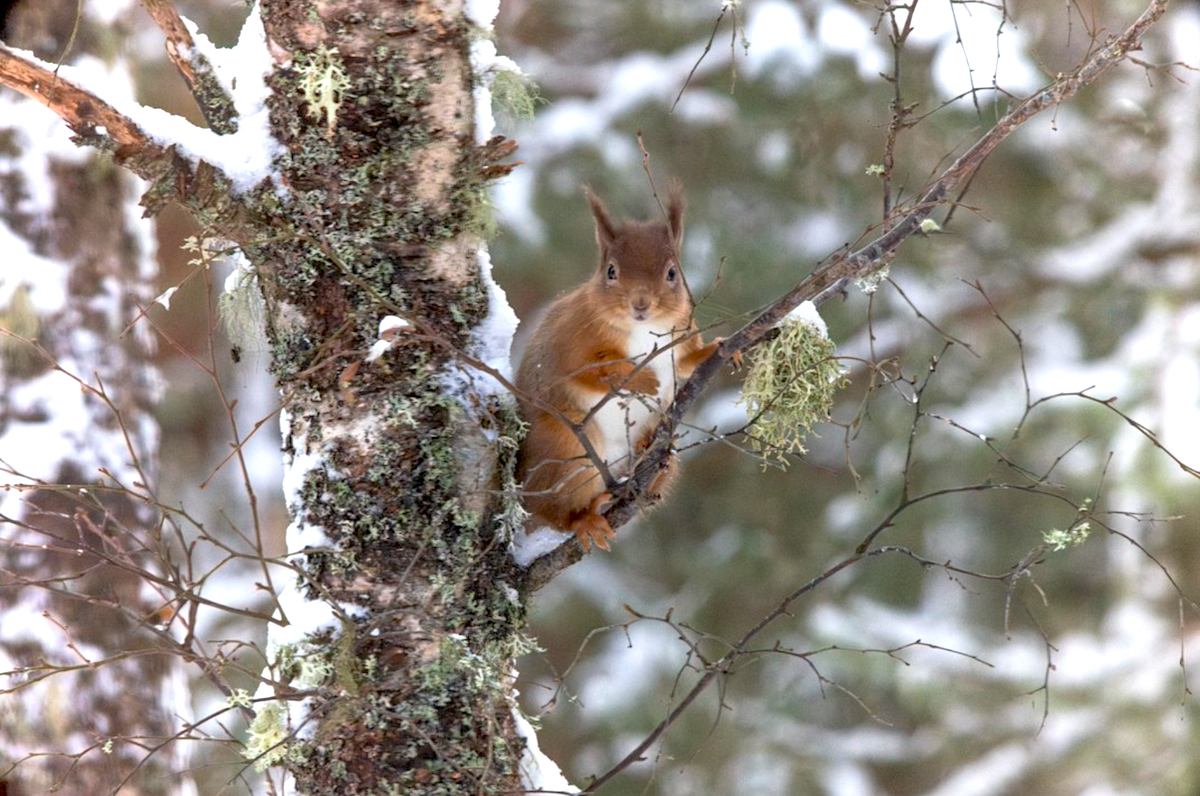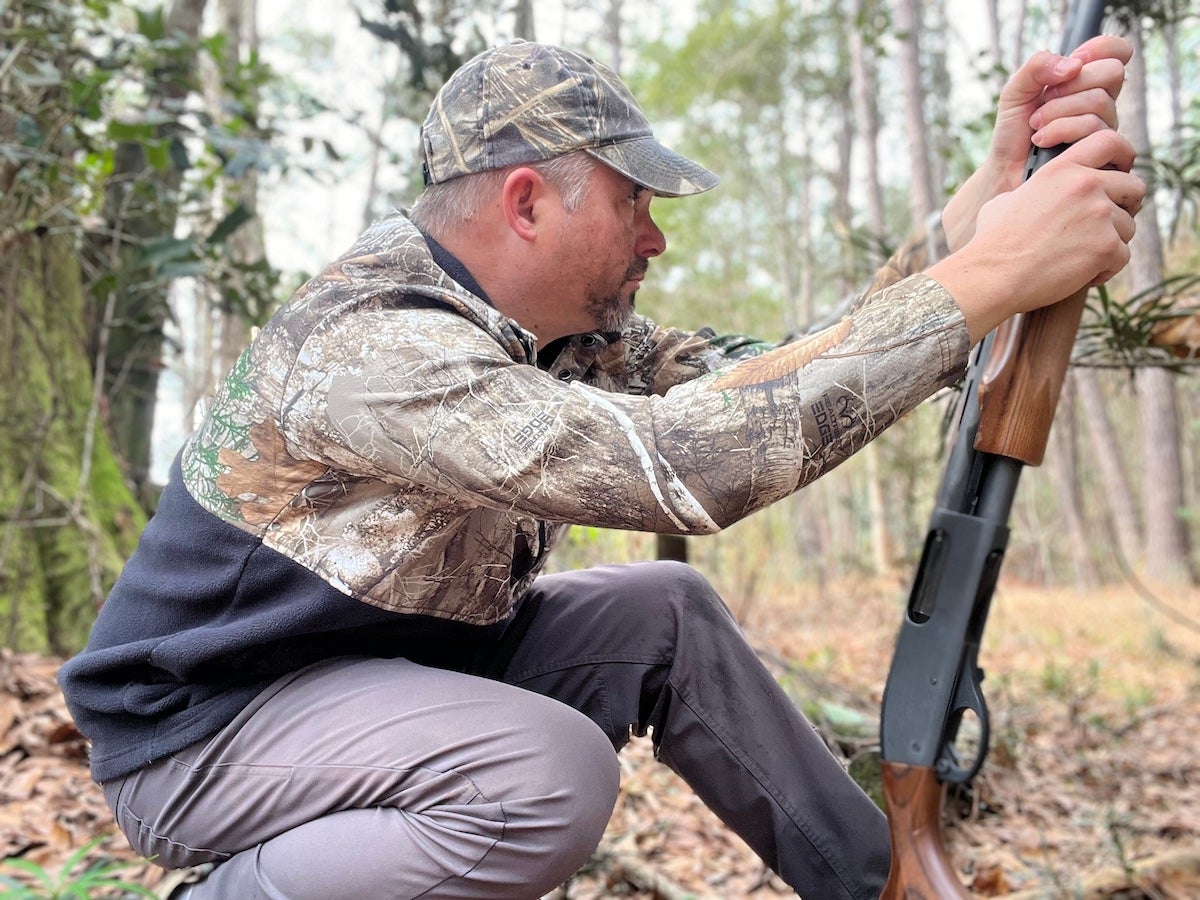When it comes to hunting squirrels, every season in the woods seems to teach me a new lesson. After thirty years of chasing bushytails, I’ve learned that success comes down to adjusting your tactics as the pages turn on the calendar. Those early days of stumbling around the Pearl River woods in Southeast LA have taught me more about what not to do than what to do. But those hard lessons stuck. Now I’m passing along what works when it works and why it works – stripped down to the essentials that will help you put more squirrels in your bag.
Hunting Squirrels – Choosing Your Gun
The debate between the shotgun and .22 for squirrel hunting really comes down to timing. Each has its place in the woods, and knowing when to use which one will fill your game bag faster.
In early fall, a .22 is your best bet. When the leaves are still thick and squirrels are staying high in the trees to cut nuts, you need the accuracy and range of a rimfire. A .22 gives you the reach and accuracy for the ones who have mastered the art of keeping invisible in the treetops. Any quality .22 that can consistently put rounds in a golf ball-sized target at 50 yards will do the job. The bonus is that rimfires are quieter than shotguns, so you won’t clear the woods with your first shot. Head shots with a .22 also mean clean meat without any pellets to pick out later.
Come winter, especially in February, switch to your shotgun. When the trees are bare and squirrels are spending more time on the ground looking for fallen nuts, you need something that can handle moving targets. A 20-gauge with #5 or #6 shot will get the job done out to about 40 yards. Skip the .410 – it’s just too light to be reliable. Stick with a modified or full choke to keep your pattern tight enough at typical winter hunting ranges.
Some hunters solve this problem by carrying both. A combo gun like the Savage Model 24 with a .22 on top and 20-gauge on bottom covers all your bases. It’s not necessary, but it’s effective if you don’t mind the extra weight
Your approach to moving through the woods needs to change with the seasons. Early season requires a different game plan than late winter hunting, and knowing the difference will put more squirrels in your game bag.
Hunting Squirrels – Still Hunting vs Stalking
In fall, you’ve got options. You can still-hunt or stalk, but either way, you need to use those leaves to your advantage. When still-hunting, pick a spot near some nut-dropping trees and plant yourself there for at least 30-45 minutes. A simple cushion beats a chair – it’s easier to scan the canopy when you’re low to the ground. If nothing shows after 45 minutes, slide over about 100 yards and set up again.
Stalking in fall means taking it slow. Real slow. Every 10 steps, stop and scan. Use those binoculars instead of your scope – it saves arm strength and keeps your movement minimal. A dry creek bed or game trail gives you the silent approach you need. The key is watching for tail movement in the leaves and listening for cutting sounds. Those quarters in your pocket can make a perfect nut-cutting sound that’ll often get a response.

Winter hunting is a different ball game. The leaves are down, and those bushytails can spot you from 100 yards out. This isn’t the time for moving around – it’s ambush season. Find areas with heavy track activity in the snow, or if there’s no snow, take a walk the day before your hunt to spot where they’re working. Then get back there early the next morning and set up.
Think mini-ambush spots. Pick a central location where you’ve seen activity and stick there for an hour or more. These late-season squirrels are the smart ones – they’ve survived this long for a reason. Don’t chase after the first one you see. Let them come to you. If you’re patient, you might get a chance at multiple squirrels working the area. When that happens, take the farthest one first – the closer one will often freeze after the shot, giving you a clean follow-up
Hunting Squirrels – Where to Find Them
Finding squirrels comes down to finding their food, but that food source changes with the season. Get this part right, and you’re halfway to filling your limit.

In early fall, hickory trees are your gold mine. Shagbark, shellbark, pignut – doesn’t matter which type, squirrels hit them all hard. Scout the ground under these trees for fresh cuttings. If you find piles of shredded nut hulls, you’ve found your spot. Beech trees are your next best bet, but squirrels get picky here – they’ll hammer one tree and completely ignore another fifty yards away. Check for empty hulls under each tree before committing your time.
Don’t overlook the small stuff in fall either. Dogwood berries, wild grapes, and even field corn can draw squirrels when they’re available. And timing matters – grey squirrels get moving at first light, while fox squirrels sleep in until good daylight. No need to freeze in the dark for those red ones.

Winter changes everything. By now, most prime nuts are gone and these survivors get creative with food sources. This is when you need to think like a deer hunter. First, sleep in – squirrels don’t move early in the cold. Get out there around 9 a.m. when the sun’s had a chance to warm things up.
Look for den trees and big leaf nests – this is home base for winter squirrels. But don’t spend all your time looking up. These bushytails are ground feeders now, digging through snow and leaves for buried nuts or raiding their own food caches. Field edges become prime spots, especially if there’s a cornfield nearby. Check 50-100 yards into the woods from agricultural fields – you’ll often find corn cobs dragged back into the timber. That’s a dead giveaway you’re in the right spot
Hunting Squirrels – Best Times to Hunt
Timing your hunt right can mean the difference between success and freezing your tail off for nothing. Fall and winter require different schedules, and knowing when to be in the woods matters as much as knowing where to look.

Fall hunting is straightforward – get out early. First light is prime time, especially for grey squirrels. They’re up and cutting as soon as there’s enough light to see, often before you can make out your front sight. Fox squirrels are different – no need to rush for them. They’ll start moving once the sun’s well up, and they’ll keep at it through mid-morning.
Winter hunting flips the script completely. Leave that alarm clock set for later – squirrels don’t move early in the cold months. The sweet spot is between 9 AM and noon, and only on sunny days when the temperature gets above freezing. If it’s bitter cold or the wind’s howling, stay home. Those bushytails are holed up tight, and you’re just burning daylight.
The best winter days are when the sun’s been up long enough to warm those hardwood ridges. That’s when squirrels come down to dig up their cached nuts. They’ll keep working as long as the weather holds, giving you plenty of time for clean shots. If you’re seeing squirrels on one ridge, stick with it for at least 30 minutes. They often work in cycles, and patience usually pays off.
Hunting Squirrels – Final Thoughts
From those first hunts years ago to now, every trip to the woods has taught me something new. The tips I’ve shared here will put you on more squirrels, but there’s no substitute for boots-on-the-ground experience. The more seasons you spend hunting squirrels in the timber, the more these rodents will show you about their habits. Truth is, squirrels are still teaching me new tricks – and that’s what keeps me coming back season after season.
The post Hunting Squirrels in the Tumultuous Fall and Winter Seasons appeared first on AllOutdoor.com.


